A Well-Tempered Hybrid Pendulum Clock Project
| duncan webster | 25/08/2023 20:05:42 |
| 5307 forum posts 83 photos | This claims that Invar has expansion coeff in the range 0.5 - 2 e-6, so you're unlikely to compensate it with a calculated length of brass. Run it without compensation for a while and get some data on rate vs temperature, which should give you a starter for 10 on what the coeff actually is. Of course Invar has been known to change its properties spontaneously. I did have visions of running my clock in a temp controlled environment, but the fit of the door on the case isn't very good. Not very good at woodwork I fear. Compared with running in vacuum, controlled temp would be easy I think |
| S K | 25/08/2023 20:28:10 |
| 288 forum posts 42 photos | Yes, Duncan, I've felt worried about those sorts of potential variations, and commented on how easy it would be to make matters worse earlier in this thread. Unfortunately, the traceable certificate I received for this metal did not quote the TC. So with this contingency in mind, how would you recommend cutting the bob? I suppose all the way through at 1/4" (the rod's diameter) is good enough for now, as I don't have an easy way to cut a flat-bottomed hole 1.5" deep at the moment anyway. I did just experiment drilling a sacrificial rod 3" deep to see if it would come out straight when reamed 0.001" oversized, and thankfully it did, so I'm ready to go. Also, I'm not too stressed about the stability of Invar, infamous as it may be here, since my expectation is that carbon fiber is just as unstable if not more so. Quartz might be the real go-to for both stability and low TC. I could also go with electronic temperature compensation, as many here are. I already have a high resolution thermometer up and running on an Arduino. Edit: If supporting the 3" bob from the bottom, the computed TC of Invar would need to be 0.9 ppm for zero net TC. Lower than that would require drilling into the bottom, and higher would require stacking it on an external compensator below the bob. So I think that's a reasonably safe starting configuration, and any compensation for higher than 0.9 ppm can be external.
Edited By S K on 25/08/2023 20:41:57 |
| SillyOldDuffer | 26/08/2023 10:29:31 |
| 10668 forum posts 2415 photos | Posted by S K on 25/08/2023 14:14:53:
... The rod is 36", and with a bit more subtracted here and there in the supports, it will be a little under a "seconds" pendulum. The arbitrary net length will be rated computationally. I don't understand supporting the bob 2/3 up from the bottom. That would leave a net increase in temperature sensitivity vs. supporting it in the middle. My rough math (may easily be wrong; someone please correct if so): TC of Invar: 1.2 ppm. Times 35 net inches = 4.2E-5 inches expansion/contraction per degree. TC of 360 brass: 20.5 ppm. To counteract 4.2E-5" per degree, I'd need the mid-point of the bob to be supported by 2.05" of 360 brass below it. As the 3" tall bob itself is 360 brass and the mid-point is already 1.5" off the bottom, I need an additional 0.55" of 360 brass below the bob. Therefore, I think I can support the bob from below (not the midpoint) via 0.55" additional brass. Does this sound right? ... I don't know if it's right or not because maths makes my head hurt, but I dislike the idea of compensating in the bob. Not that I know the idea is wrong, but the approach with Brass is unusual. The main temperature error is caused by expansion of the long pendulum rod, with a component coming from expansion of the bob. Expansion of the bob can be eliminated by hanging it from the middle. Then it balances out by expanding equally up and down. a useful trick. Then only the rod need be compensated, whilst a simple nut allows rate adjustment. Mechanical compensation is usually achieved by arranging two metals such that expansion of one cancels expansion of the other. For convenience, the rod is low expansion and the compensator is high expansion. The only way of compensating in the bob I know of is by making it a jar part filled with Mercury. Mercury has a high coefficient of expansion, and it rises in jar as it warms up. The rod expands down, and the Mercury expands up. The maths is intimidating, at least for me. Other methods compensate in the rod. The classic method is Harrison's Grid Iron in which the rod ends in a horizontal bar, on which are mounted two vertical columns. On top of the columns, are a cross-piece from which two rods drop down to a cross-bar to which the bob is attached. When temperature rises the rod comes down, but this is counter-balanced by the columns expanding up. The maths is much easier. Later it was realised that the grid-iron can be implemented with tubes. The rod runs loosely through and supports a tube of high expansion metal. A second tube, low expansion, sits on top of the expansion tune and drops down over it to the bob. The original high expansion metal was Zinc, which tends to very slowly compress under the weight of the bob. I'd be inclined to try Aluminium alloy, stronger than Zinc, similar coefficient of expansion. The maths can be simplified by using the ratio between the two temperature coefficients of expansion to keep dimensions relative rather than starting with absolutes. If the ratio between rod expansion and compensator expansion is 1:20, the compensator tube is 1/20 rod length. (I think!!!) All done above the bob, which only has to hang from it's mid-point. Dave
|
| S K | 26/08/2023 13:29:29 |
| 288 forum posts 42 photos | Compensation below the bob, i.e. with a compensating sleeve, only became practical after suitable low-TC materials such as Invar became available. Otherwise, since common metals all have roughly the same TC (~15-20-ish ppm), the below-the-bob extension would have to be very long, i.e. a quite significant percentage of the above-bob rod length. Grid-irons are fairly extended in length for this reason, too. After some thought, I'll just include the ~0.5" compensator below the bob anyway, since it's easy enough to incorporate. If I'm going to throw a dart at compensation (because I don't know the actual TC), I might as well aim for the bulls-eye. But I'll think about how to conveniently change it. |
| John Haine | 26/08/2023 14:01:34 |
| 5563 forum posts 322 photos | It's worth looking up Harrison's tin whistle compensator for fine tuning. My Nome has a stepped hole in the Bob with a ledge. Upper part of hole is 10mm, lowere about 14 fro memory. No need for a square step, just use ordinary drill. |
| duncan webster | 26/08/2023 16:54:40 |
| 5307 forum posts 83 photos | The bob will change temperature a lot more slowly than the rod (surface area to mass relationship) so introducing the bob into compensation will introduce time delays. |
| S K | 26/08/2023 17:30:45 |
| 288 forum posts 42 photos | Posted by duncan webster on 26/08/2023 16:54:40:
The bob will change temperature a lot more slowly than the rod (surface area to mass relationship) so introducing the bob into compensation will introduce time delays. True. But since 3/4 of a 2" compensating sleeve (as calculated) would be inside the bob anyway, those time delays would have to be lived with. To improve that situation, an Invar sleeve could be used inside the bob, but I don't have the material for that right now and I'm not sure I want to go that far. I need to keep things simple until I have something working. More progress: I successfully drilled and reamed the bob - very carefully. That was a bit nerve-wracking. I did make a 0.5" brass sleeve (3/8" OD) as a compensator, supporting the bob from the bottom. This was per the calculation assuming that the TC of the rod is 1.2 ppm. This will inevitably be wrong, and possibly quite wrong, but I might as well add it since it was trivial to do and it's the best guess I have. I also drilled a 3mm hole in the bottom of the rod and created a stainless-steel pin (with a very slight taper) to fit into it. This will be the rest for the compensator or bob. It's easy to put in and pull out if/when I change the compensator. Now I need to clean up and wax or lacquer the bob and the other parts, and the physical part of the pendulum should be about finished. |
| S K | 26/08/2023 18:31:13 |
| 288 forum posts 42 photos | Here's the 3" by 3" bob, with the short compensator and stainless support pin. I used wax on the parts. The magnet holder is up top: It came out OK too. 🙂
Edited By S K on 26/08/2023 18:40:40 |
| SillyOldDuffer | 26/08/2023 20:34:52 |
| 10668 forum posts 2415 photos | Posted by S K on 26/08/2023 13:29:29:
... After some thought, I'll just include the ~0.5" compensator below the bob anyway, since it's easy enough to incorporate. If I'm going to throw a dart at compensation (because I don't know the actual TC), I might as well aim for the bulls-eye. But I'll think about how to conveniently change it. Yeah I vote for that, it will be interesting to see how the approach works out. Your Brass Bob is gorgeous but I happened to read this morning that the best bob material is annealed cast-iron. It seems Invar isn't the only internally unstable metal! My rod is made of Silver Steel, the Bob is Bright Mild-Steel, and I wouldn't be surprised to find both of them are unstable. Might be the Brass Bob moving about if you get poor results from your proper Invar Rod. It's a nightmare - every time something is improved, other smaller problems become obvious enough to be worth fixing. Having GPS and GPSDO make it much too easy to detect and chase tiny pendulum issues. I'd be happy if my clock only had a minute hand! Dave |
| S K | 27/08/2023 16:56:03 |
| 288 forum posts 42 photos | All materials are unstable. It's a law of the universe. (People too, some more than others - hehe.) Invar has been particularly well studied for this, given its use in advanced scientific instruments. But I don't believe the "sudden", "single day" instability claims or other anecdotal reports that are much more likely due to measurement errors. Creep over time under load I can believe, though, but the same is true for all metals. For example, the Young's modulus (not quite the value of interest, but it's something) of Invar is about twice that of aluminum, about the same as cast iron, but lower than typical stainless steel. I'll take Invar over other metals with 10-20x the thermal instability, and over the quite unexplored instability of carbon fiber. (Indeed, "carbon fiber" is not one thing, there are hundreds of manufacturers using extremely-diverse manufacturing methods, weaving and extruding strategies, binding agents and finishing techniques.) I'll also keep my "gorgeous" brass bob, with its ~20% higher density than steel or iron (but I'll remain jealous of John's tungsten bob!). Invar has been successfully used in some of the most accurate clocks and other instruments ever made. But if I ever launch into making a superior pendulum, I'll hunt down something like a 2" diameter fused silica rod, and use that alone - no bob - in vacuum.
Edited By S K on 27/08/2023 17:09:03 |
| S K | 27/08/2023 21:54:50 |
| 288 forum posts 42 photos | I realized that I needed a test stand, as it would be too difficult adding electronics and testing the pendulum while mounted to the wall it's intended for, so I printed a pair of brackets and mounted the whole pendulum to a base:
It's more than sturdy enough for functionality tests, but not rigid enough for highly detailed measurements. It doesn't look like it, but the bob easily clears the lower bracket:
I still have to add a flag, which I'll probably do in brass to match the rest of the pendulum. The electronics such as the opto sensor and the drive coil(s) will probably be mounted on 3D printed supports. It's starting to look real! 🙂
|
| SillyOldDuffer | 28/08/2023 10:16:28 |
| 10668 forum posts 2415 photos | I like it very much, but what's with all those holes in the brass plate?
Very pretty, but having plenty of mass at the bottom is a good thing. On second thoughts, it makes sense if the column is bolted to the wall, with the base plate hanging off it to support the optics. An observation rather than criticism - fascinating stuff. By the by, it's worth chamfering the bob top and bottom to reduce turbulence. I guess a large round fillet would be best, but a small flat chamfer would do good. Dave
|
| John Haine | 28/08/2023 11:31:12 |
| 5563 forum posts 322 photos | I think that must be an aluminium or steel tooling plate? |
| S K | 28/08/2023 15:04:37 |
| 288 forum posts 42 photos | Yes, it's an aluminum tooling plate that I've repurposed as a temporary base. I want to be able to set it beside my computer while I'm installing and debugging the electronics, etc. Later, I'll wall mount it without the base. I wish I could have chamfered it! Unfortunately, my puny 3" chuck can only hold the bob by tiny fingernails. There isn't enough grip. Or rather, I could do one end of it, but then I wouldn't be able to hold it at all when flipped around. The bob was the biggest and heaviest thing by far I've put in my toy lathe. It was on the ragged edge of its safe limit, and I spun it very slowly lest those tiny fingernails let go!
|
| Martin Kyte | 28/08/2023 18:10:40 |
3445 forum posts 62 photos | Come on SK it’s got a hole down the middle. Can’t be beyond the wit of man to mount it on an arbor to machine the chamfers? regards Martin |
| S K | 28/08/2023 19:16:55 |
| 288 forum posts 42 photos | Haha, the bob was too big for my tail-stock, even, so that's out. Work holding anything larger than a postage stamp is my biggest problem. I need to blow a bunch of money on some real equipment! An interesting update: I found more information on the Invar rod. "Invar" is a trade-marked name, so this is "Dilaton 36," made in the U.S. It's "cold drawn, annealed." I recall that annealing was discussed as a step in preparing Invar for good stability, so that's fine. The coefficient of thermal expansion is quoted as 2.3. That's larger than the canonical number, but at least I have it and I can adapt the pendulum to it. I've bought a short rod of the same material that I may use inside the bob, so that the main compensator can be completely outside it for lower temperature lag. If I feel ambitious enough, I also want to make a new hinge out of it, as the brass in my current hinge is already large enough to affect temperature stability.
Edited By S K on 28/08/2023 19:30:14 |
| S K | 30/08/2023 20:51:41 |
| 288 forum posts 42 photos | I redid the temperature compensation based on the above data, and also to include an Invar isolator. The Invar sleeve resides inside the bob from the bottom, supporting the bob at its 50% point. Its goal is to reduce temperature lag due to the large thermal mass of the bob by isolating the bob from the brass compensation. The Invar sleeve extends below the bob by about 0.15" to provide a small amount of additional isolation outside the bob. The main brass compensator sits below the Invar sleeve. Will it work? It will still be off by some random amount. Hopefully it won't make things worse! If I measure a clear temperature dependence, I might alter the brass compensator to include a small (e.g. 3 piece) binary weighted stack for easier adjustment. I also made a small pointer, positioned at the bottom of the rod, to trigger the opto-interrupter. I'm almost ready to add electronics.
Edited By S K on 30/08/2023 21:07:42 |
| S K | 04/09/2023 20:56:40 |
| 288 forum posts 42 photos | Progress on electronics: I put together a prototype system consisting of a mini Arduino, a DS3231 real time clock, a MCP9808 temperature sensor, an SD card slot, and a vacuum florescent display unit. For now, the items are lightly tacked on using hot glue, and I used the "wire-wrap" technique for easy changes. Later I'll install everything more permanently.
For the moment, I'm just using Arduino's internal micros function for the period. It's understood that this is not good enough, and it's already evident that it's incorrect, being a fraction of a percent slow as tested. I'm still trying to decide how I'll do it "for real." The RTC, with 2ppm, is much better, and it has a 32kHz output that I might employ somehow. Otherwise, maybe I'll try hacking the Arduino's oscillator. I chose the vacuum florescent display for its retro appeal. It's not as cool as Nixie tubes, but it's the next best thing. It turned out to be pretty convenient, as I discovered that the module I chose (Newhaven Display M0220MD-202MDAR1-3) is compatible with many of the similar LCD modules out there and with the Arduino libraries for them. I have a faster Arduino-compatible microcontroller that runs at 120 MHz that I may swap in for the 16 MHz Arduino once things are running properly (it's a bit fussier to use), or else I have a few other considerably faster options on hand that aren't compatible with the Arduino IDE. One of those should improve timing resolution (but not necessarily accuracy). I am also considering getting an FPGA to do high speed timing. Anyway, deciding on how to do "proper" timing, and logging data on the SD card, are some of my next tasks. Edited By S K on 04/09/2023 21:23:20 |
| SillyOldDuffer | 05/09/2023 10:27:05 |
| 10668 forum posts 2415 photos | Posted by S K on 04/09/2023 20:56:40:
Progress on electronics: ...
For the moment, I'm just using Arduino's internal micros function for the period. It's understood that this is not good enough, and it's already evident that it's incorrect, being a fraction of a percent slow as tested. I'm still trying to decide how I'll do it "for real." The RTC, with 2ppm, is much better, and it has a 32kHz output that I might employ somehow. Otherwise, maybe I'll try hacking the Arduino's oscillator. ... I have a faster Arduino-compatible microcontroller that runs at 120 MHz that I may swap in for the 16 MHz Arduino once things are running properly (it's a bit fussier to use), or else I have a few other considerably faster options on hand that aren't compatible with the Arduino IDE. One of those should improve timing resolution (but not necessarily accuracy)... I've trodden this path already, so this may help:
An example of Arduino code using counter-timers here. Dave
|
| Tim Stevens | 05/09/2023 15:09:04 |
1779 forum posts 1 photos | See SK at 21/07 ...14:46:50 above - Of course, the invar will extend slightly as the weight of the bob is added to it, but having extended, the mass will remain the same, and the centrifugal variation with a modest swing will be next to buggerall, so the extension should remain almost as nearly constant as gravity. And - later, different topic: The traditional arrangement of compensation suggested here is to use the invar (eg) from the pivot through the bobweight, then brass tube (eg) up again. This makes the pendulum longer. It seems possible to avoid over-length by having the brass tube upwards from the pivot, the Invar down from there. With this design, the extra length could be hidden by the horse, cuckoo nest, or whatever ornament is added above the dial. And in some clocks could rock a boat. Why not? Cheers, Tim |
Please login to post a reply.
Want the latest issue of Model Engineer or Model Engineers' Workshop? Use our magazine locator links to find your nearest stockist!
Sign up to our newsletter and get a free digital issue.
You can unsubscribe at anytime. View our privacy policy at www.mortons.co.uk/privacy
- *Oct 2023: FORUM MIGRATION TIMELINE*
05/10/2023 07:57:11 - Making ER11 collet chuck
05/10/2023 07:56:24 - What did you do today? 2023
05/10/2023 07:25:01 - Orrery
05/10/2023 06:00:41 - Wera hand-tools
05/10/2023 05:47:07 - New member
05/10/2023 04:40:11 - Problems with external pot on at1 vfd
05/10/2023 00:06:32 - Drain plug
04/10/2023 23:36:17 - digi phase converter for 10 machines.....
04/10/2023 23:13:48 - Winter Storage Of Locomotives
04/10/2023 21:02:11 - More Latest Posts...
- View All Topics
- Reeves** - Rebuilt Royal Scot by Martin Evans
by John Broughton
£300.00 - BRITANNIA 5" GAUGE James Perrier
by Jon Seabright 1
£2,500.00 - Drill Grinder - for restoration
by Nigel Graham 2
£0.00 - WARCO WM18 MILLING MACHINE
by Alex Chudley
£1,200.00 - MYFORD SUPER 7 LATHE
by Alex Chudley
£2,000.00 - More "For Sale" Ads...
- D1-3 backplate
by Michael Horley
Price Not Specified - fixed steady for a Colchester bantam mark1 800
by George Jervis
Price Not Specified - lbsc pansy
by JACK SIDEBOTHAM
Price Not Specified - Pratt Burnerd multifit chuck key.
by Tim Riome
Price Not Specified - BANDSAW BLADE WELDER
by HUGH
Price Not Specified - More "Wanted" Ads...
Do you want to contact the Model Engineer and Model Engineers' Workshop team?
You can contact us by phone, mail or email about the magazines including becoming a contributor, submitting reader's letters or making queries about articles. You can also get in touch about this website, advertising or other general issues.
Click THIS LINK for full contact details.
For subscription issues please see THIS LINK.
Model Engineer Magazine
- Percival Marshall
- M.E. History
- LittleLEC
- M.E. Clock
ME Workshop
- An Adcock
- & Shipley
- Horizontal
- Mill
Subscribe Now
- Great savings
- Delivered to your door
Pre-order your copy!
- Delivered to your doorstep!
- Free UK delivery!

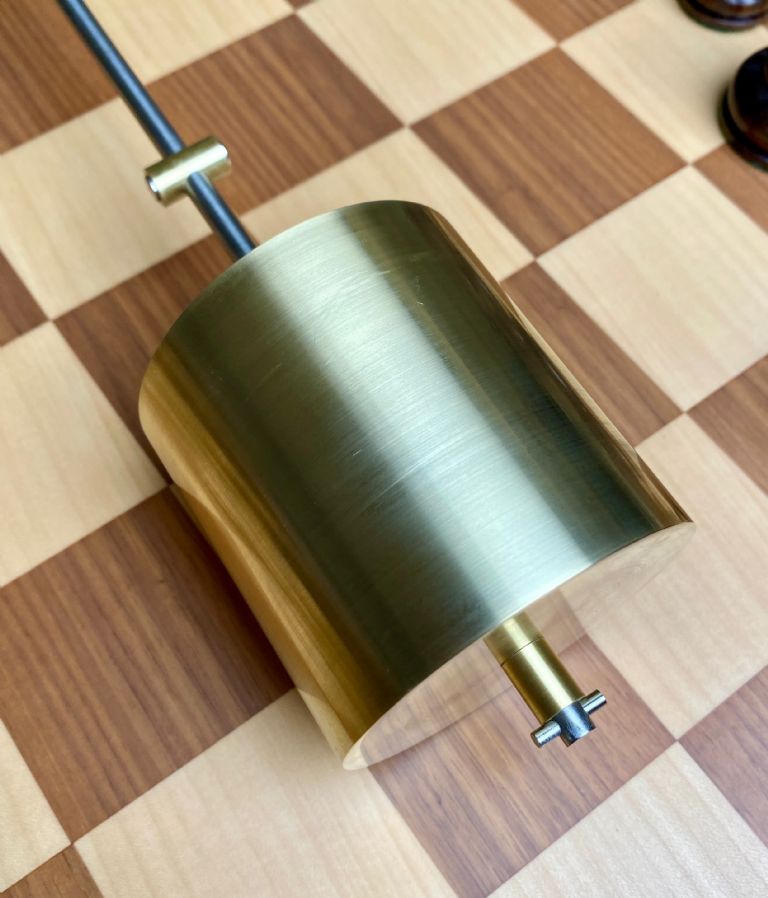
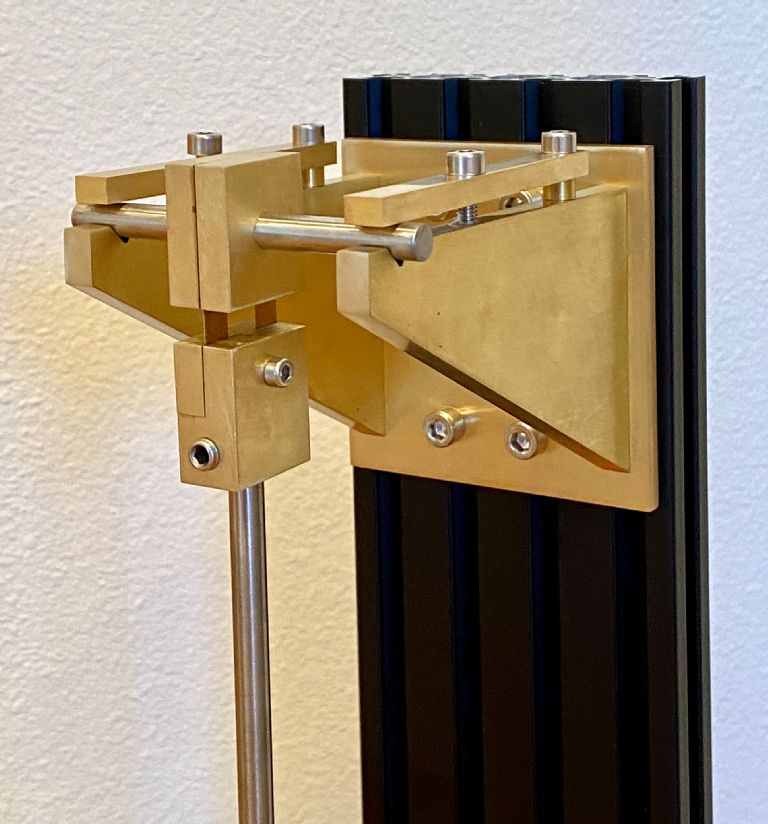


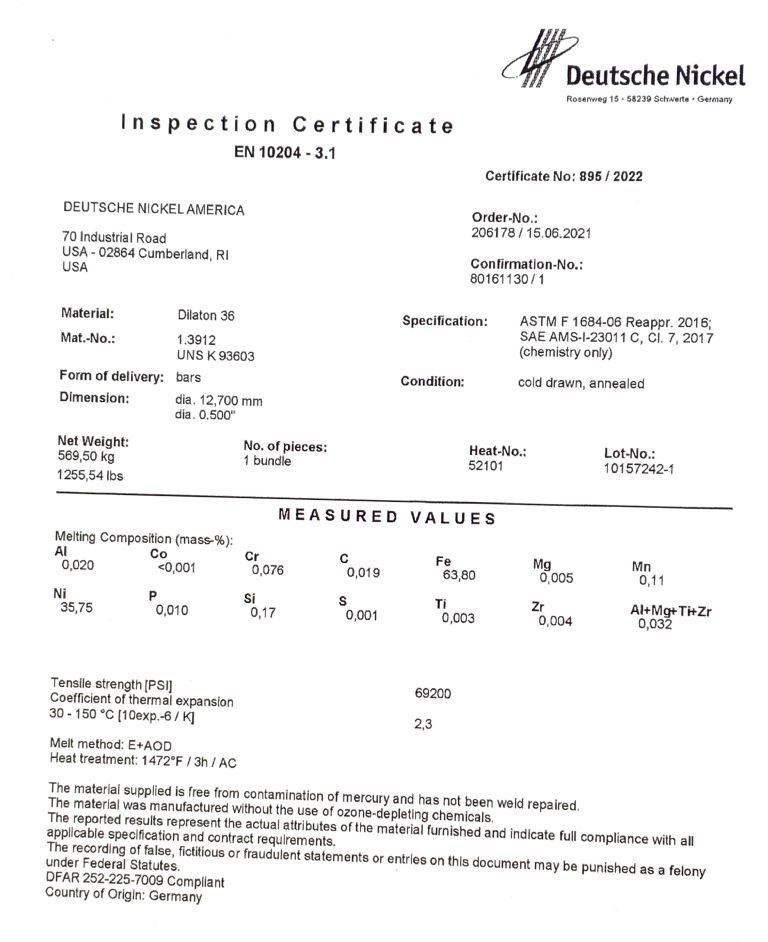
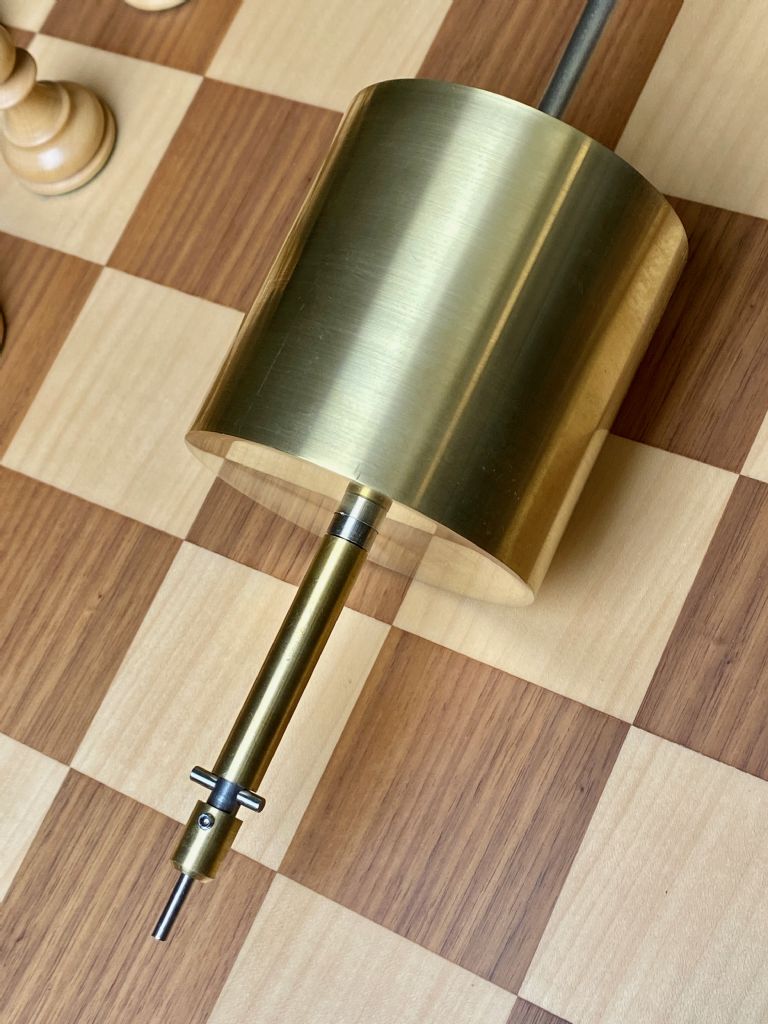
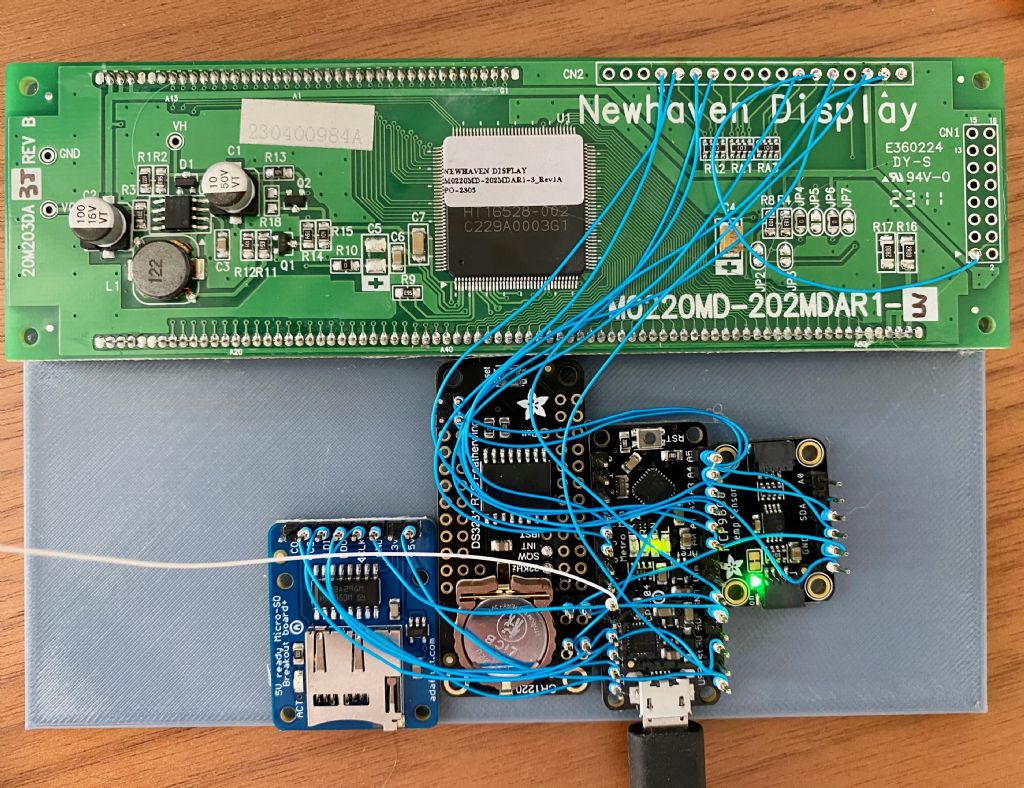
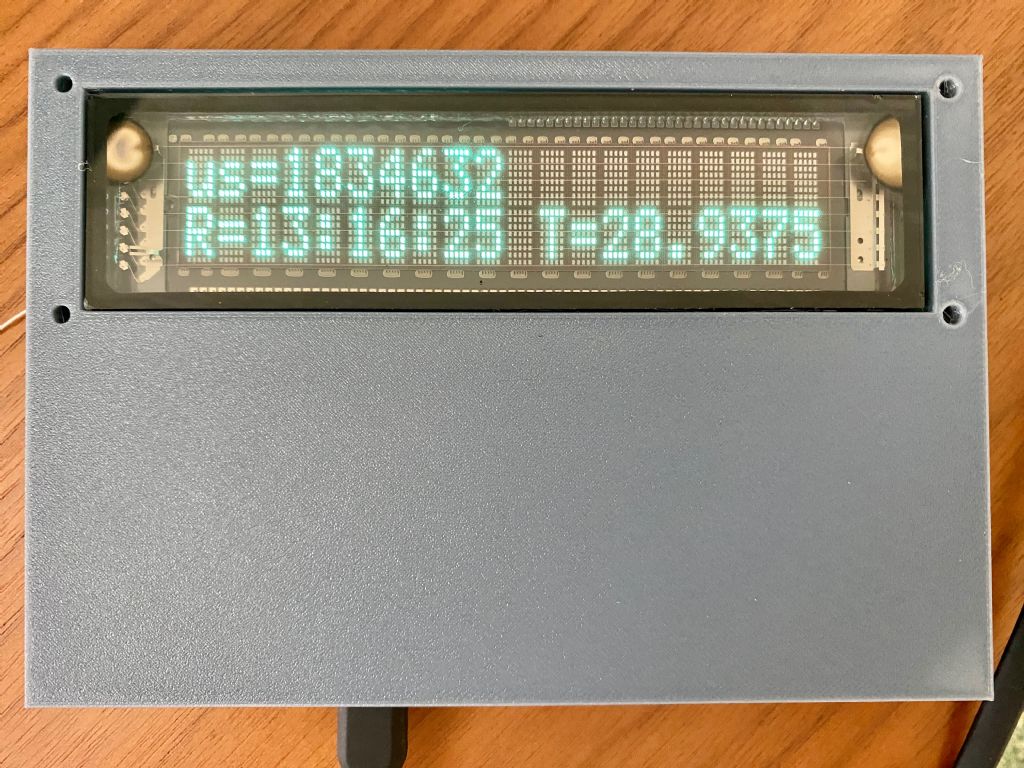









 Register
Register Log-in
Log-in


